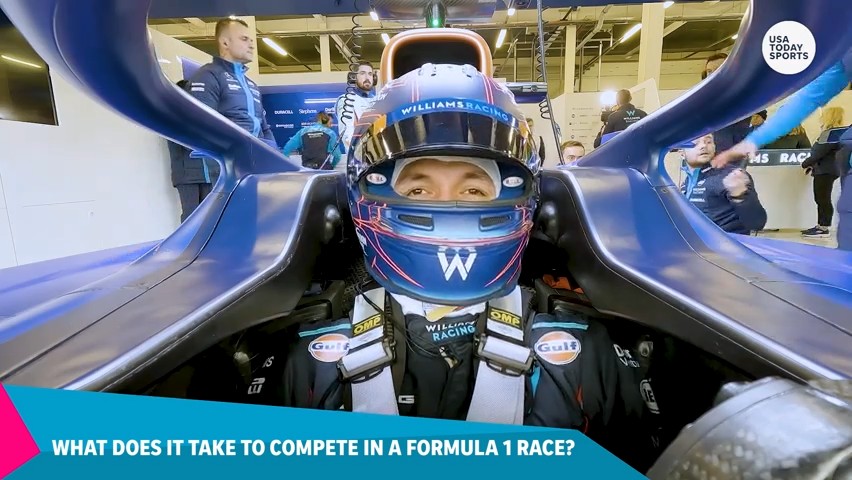Formula 1 racing stands as the pinnacle of motorsport, captivating millions worldwide with its breathtaking speed and cutting-edge technology. Beyond the roaring engines and thrilling overtakes, a significant factor contributes to the allure of F1: the staggering cost of everything involved, especially the cars themselves. You might wonder, how much does a Formula One car cost? The answer might surprise you, as it’s a price tag that reflects the immense engineering, technology, and effort poured into each machine.
The Base Cost of an F1 Car: Millions in the Making
While the exact figure remains an estimate, a Formula 1 car typically costs around $15 million. However, this isn’t a fixed price, and can fluctuate. Red Bull Racing, a leading team in F1, estimates the price range to be between $12 million and $15 million. This substantial amount is the culmination of designing, developing, and manufacturing a complex vehicle built for extreme performance. It’s crucial to understand that this cost isn’t for a mass-produced vehicle; each F1 car is essentially a prototype, custom-built for a single season and demanding rigorous, continuous upgrades.
 Formula 1 car close up
Formula 1 car close up
Component Costs: Breaking Down the Price of Performance
To truly grasp how much a Formula 1 car costs, it’s essential to examine the price of its individual components. These aren’t your average car parts; they are highly specialized, performance-engineered pieces. For instance, the aerodynamic wings, crucial for generating downforce and enabling incredible cornering speeds, can cost around $200,000 per set. The steering wheel, a marvel of engineering with integrated displays and controls, can reach prices of $50,000. Perhaps the most significant expense lies within the engine. A state-of-the-art Formula 1 engine can cost a staggering $10.6 million.
These figures highlight that the overall cost of a Formula 1 car isn’t just the sum of its parts, but also reflects the research, development, and manpower required to create each component to the highest standards of performance and reliability.
The Budget Cap Era and F1 Car Development
The Formula 1 landscape has evolved with the introduction of budget caps. In the 2022 season, teams operated under a budget limit of $145.6 million. This budget encompasses the costs associated with building and developing two cars per driver, along with team operations, excluding driver salaries and a few other specific exemptions. This financial regulation aims to level the playing field, preventing teams with larger financial backing from outspending their competitors excessively. However, even with budget constraints, the quest for performance pushes teams to innovate and optimize every aspect of the car, ensuring that every dollar spent contributes to gaining crucial milliseconds on the track.
Speed and Technology: Justifying the Price Tag
The immense cost of a Formula 1 car is directly linked to its unparalleled speed and technological sophistication. These machines are designed to push the boundaries of automotive engineering. On average, an F1 car can achieve speeds exceeding 220 mph. Their acceleration is equally mind-blowing, going from 0 to 60 mph in approximately 2.6 seconds. The fastest officially recorded speed in Formula 1 reached an astonishing 231.46 mph (372.5 kph), set by Valtteri Bottas at the 2016 Mexican Grand Prix.
This extreme performance demands cutting-edge materials, intricate aerodynamics, and powerful hybrid engines. The pursuit of speed and victory in Formula 1 necessitates continuous innovation and development, driving up the costs and making these cars some of the most expensive machines on the planet.
2024 Formula 1 Season Schedule
Witnessing these technological marvels in action is a key part of the Formula 1 experience. Here is the schedule for the 2024 Formula 1 season:
- March 2 – Gulf Air Bahrain Grand Prix
- March 9 – STC Saudi Arabian Grand Prix
- March 24 – Rolex Australian Grand Prix
- April 7 – MSC Cruises Japanese Grand Prix
- April 21 – Lenovo Chinese Grand Prix
- May 5 – Crypto.com Miami Grand Prix
- May 19 – MSC Cruises Gran Premio Dell’Emilia-Romagna
- May 26 – Grand Prix de Monaco
- June 9 – Grand Prix du Canada
- June 23 – Aramco Gran Premio de España
- June 30 – Qatar Airways Hungarian Grand Prix
- July 07 – Qatar Airways British Grand Prix
- July 21 – Hungarian Grand Prix
- July 28 – Rolex Belgian Grand Prix
- Aug. 25 – Heineken Dutch Grand Prix
- Sept. 1 – Pirelli Gran Premio D’Italia
- Sept. 15 – Qatar Airways Azerbaijan Grand Prix
- Sept. 22 – Singapore Airlines Singapore Grand Prix
- Oct. 20 – Pirelli United States Grand Prix
- Oct. 27 – Gran Premio de la Ciudad de México
- Nov. 3 – Lenovo Grande Prêmio de São Paulo
- Nov. 23 – Heineken Silver Las Vegas Grand Prix
- Dec. 1 – Qatar Airways Qatar Grand Prix
- Dec. 8 – Etihad Airways Abu Dhabi Grand Prix
Conclusion: The High Price of Formula One Glory
In conclusion, the answer to “how much does a Formula One car cost?” is a substantial sum, typically ranging from $12 to $15 million. This hefty price tag reflects the intricate engineering, advanced technology, and relentless pursuit of performance that defines Formula 1. From million-dollar engines to quarter-million-dollar wings, every component is a testament to the dedication and investment required to compete at the highest level of motorsport. The cost of a Formula 1 car is not just about the materials and labor; it’s about the innovation, the speed, and the relentless pursuit of victory in the world’s most glamorous racing series.
